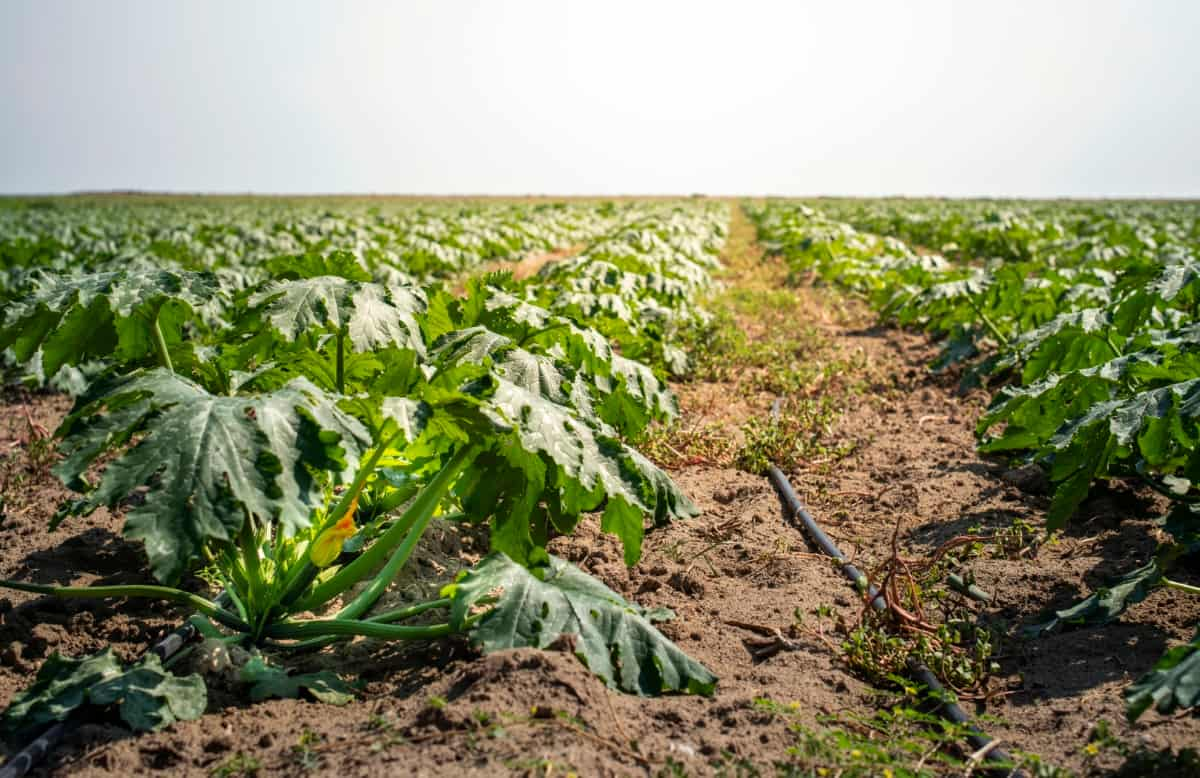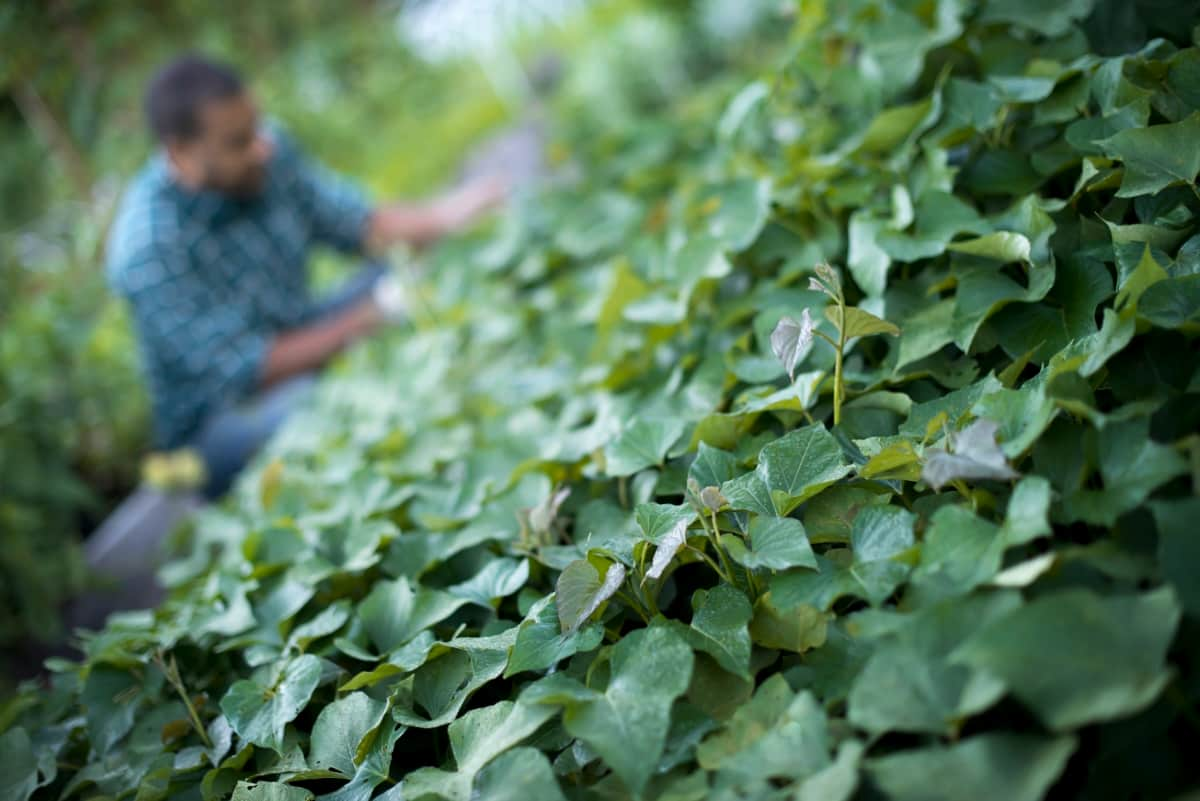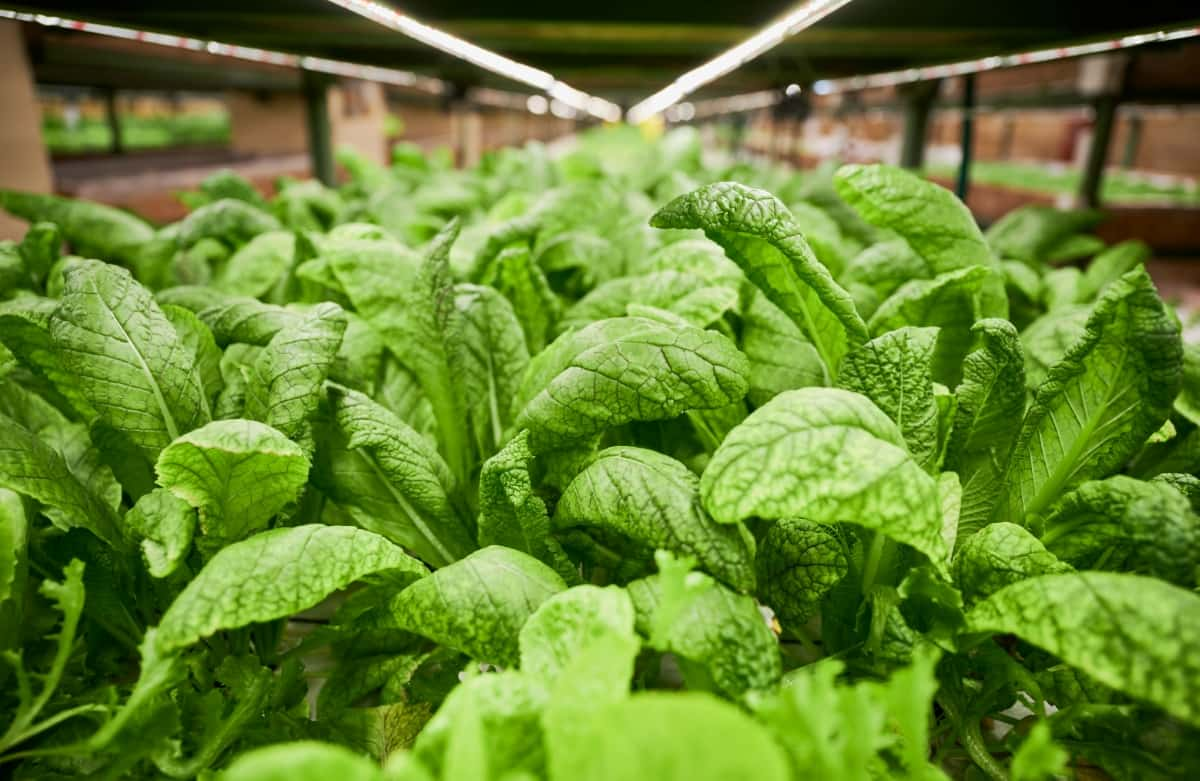Cucurbits and leafy greens are seriously at risk from downy mildew, a destructive pathogen that comes from oomycete pathogens of the Peronosporaceae family. Recognizable by yellowing leaves and a downy growth, this disease adversely impacts plant health, making understanding its nature crucial for effective prevention and management strategies.

Downy Mildew in Cucurbits and Leafy Greens
Learn About Downy Mildew, A Pathogen Affecting Cucurbits and Leafy Greens
A dangerous disease that affects leafy greens and cucurbits is downy mildew. Yellowing leaves and a downy growth are signs of it affecting plant health. Cucumber losses in the United States are reported to reach 44% due to downy mildew. Outbreaks pose a serious risk to cucurbit crops, with output losses ranging from 30 to 50%. High humidity is conducive to the incidence of this virus, which manifests as outbreaks between 65 and 77°F.
One popular strategy is chemical control, which includes fungicides such as compounds based on copper. Genetic resistance is important, but new strains can overcome this defense. To prevent downy mildew sustainably, monitoring environmental conditions, and using integrated pest control measures are essential for agricultural settings to prevent downy mildew sustainably.
Use Integrated Pest Management Strategies to Tackle Downy Mildew in These Crops
Integrated pest management (IPM) is a crucial strategy for combating downy mildew in cucurbits and leafy greens. It uses natural enemies like beneficial bacteria and fungi as antagonists, choosing resistant cultivars and maintaining adequate plant spacing. Plant density optimization improves air circulation and reduces humidity, preventing disease growth. IPM also includes appropriate pruning and the use of fungicides when needed. This approach emphasizes prevention, long-term resilience, sustainable crop management, and ecologically friendly solutions to address the current threat.
Employee Cultural Practices to Prevent Downy Mildew in Cucurbits and Leafy Greens
One of the most important things you can do to prevent downy mildew on cucurbits and leafy greens is to use cultural practices. The ideal distance between plants encourages airflow, which lowers humidity and inhibits the growth of pathogens. Strategic crop rotation breaks the cycle of illness and keeps pathogens from building up in the soil.
In case you missed it: How to Control Okra Powdery Mildew Naturally: How to Get Rid of This with Natural and Organic Treatment

Careful pruning keeps plant structures open, which helps control diseases and reduces the chance of downy mildew. Growers establish an environment that limits the conditions favorable for the disease by implementing these simple cultural practices. In addition to boosting plant resilience, these methods provide a sustainable and environmentally responsible means of preventing downy mildew and maintaining the health of cucurbit and leafy green crops.
Manage Downy Mildew with Biological Control Methods
One environmentally friendly method of treating downy mildew is biological control. Incorporating beneficial microbes such as Pseudomonas and Trichoderma species serves as nature’s defense against the infection. Like microbiological superheroes, these beneficial organisms naturally prevent downy mildew growth while posing no environmental threat. Consider them to be your crops’ protectors, fostering a healthy ecosystem.
When combined with environmentally friendly agricultural methods, these microbes serve as barriers, keeping plants safe from the damaging effects of downy mildew. This is a “green revolution,” utilizing the forces of nature to support resilient agriculture and stronger harvests. Accept these little friends, and see how they can turn your fields into healthy, disease-resistant havens for leafy greens and cucurbits.
Explore Chemical Control Options for Downy Mildew in Cucurbits and Leafy Greens
One of the most important aspects of controlling downy mildew in cucurbits and leafy greens is chemical control. Copper-based fungicides are commonly used and effective in reducing the pathogen’s effect. When used sparingly, these fungicides with copper as an active component prevent downy mildew growth. Another good choice is systemic chemicals, which penetrate plant tissues and offer internal defense.
In chemical applications, timing is critical since it must coincide with the disease’s life cycle and environmental factors. You can get better control and lower the risk of resistance by carefully looking at weather-related factors and switching between fungicides, as each works differently. Chemical control is a potent technique for protecting crops from downy mildew’s harmful effects when used in a comprehensive plan.
Understand Environmental Factors that Affect the Development of Downy Mildew
- Temperature Impact: Downy mildew thrives in cool, humid conditions, with optimal growth between 60-72°F (15-22°C). These conditions create a favorable environment for the pathogen to spread rapidly.
- Humidity Levels: High humidity, exceeding 90%, significantly contributes to downy mildew outbreaks. Moist air fosters the production of infectious spores, escalating the disease’s prevalence.
- Rainfall Connection: Adequate rainfall, particularly during leaf wetness periods, enhances the dispersal and germination of downy mildew spores, promoting infection and disease progression.
- Air Circulation Importance: Insufficient air circulation, often due to dense planting or lack of spacing, exacerbates humidity levels. Proper spacing and ventilation mitigate this risk, hindering downy mildew development.
In case you missed it: Rose Powdery Mildew Disease Management: Symptoms, Treatment, Chemical, Biological, and Organic Control

Implement Disease Forecasting and Monitoring Systems for Downy Mildew
Proactive crop protection requires the implementation of disease forecasting and monitoring systems for downy mildew. These sophisticated systems combine meteorological data, pathogen presence models, and monitoring methods to deliver real-time disease risk information. Farmers can optimize their downy mildew management tactics by anticipating possible outbreaks by analyzing temperature, rainfall, and humidity.
Weather forecasts and monitoring systems improve decision-making and make early preventive actions possible. These technologies provide accurate insights for modifying agriculture operations, which helps to promote resilient farming. Finding and treating downy mildew early on is possible when it does not affect cucurbits and leafy greens. This ensures a healthier and more abundant crop output.
Follow Best Practices to Prevent the Downy Mildew of Cucurbits and Leafy Greens
- Crop Inspection: Regularly inspect cucurbit and leafy green crops for early signs of downy mildew, such as yellowing leaves and downy growth on the undersides.
- Cultural Practices: Implement cultural practices like proper spacing, crop rotation, and timely pruning to reduce humidity and create an environment less favorable for downy mildew development.
- Resistant Varieties: Choose plant varieties known for resistance to downy mildew, enhancing the overall resilience of the crops.
- Biological Controls: Integrate biological control methods, introducing beneficial microorganisms to suppress the downy mildew pathogen naturally.
- Fungicide Application: When necessary, apply fungicides judiciously, considering factors like weather conditions and the risk of resistance, to manage downy mildew effectively.
- Weather Monitoring: Utilize advanced weather monitoring tools to anticipate and respond to environmental conditions conducive to downy mildew outbreaks.
Frequently Asked Questions on Downy Mildew in Cucurbits and Leafy Greens
Is Downy Mildew a Recurring Problem?
Downy mildew can be a recurring problem, especially in regions with a history of the disease. Monitoring and early intervention are crucial for effective management.
How Does Downy Mildew Spread?
Downy mildew can spread through spores produced on infected plants. The disease can spread within and between fields thanks to the ability of these spores to travel by wind, water, or equipment.
In case you missed it: Mango Powdery Mildew Disease Management: Symptoms, Treatment, Chemical, Biological, Natural, and Organic Control

Conclusion
Safeguarding cucurbits and leafy greens from the destructive impact of downy mildew demands a multifaceted approach. From vigilant crop inspection and cultural practices to embracing biological and chemical controls, farmers can fortify their crops against this persistent pathogen. Integrating sustainable strategies ensures resilient agriculture and healthy harvests.
- Beneficial Insects in Pest Management
- Natural Solutions for Pest Control in Flower Gardens
- Types of Fungicides Used in Agriculture
- Common Issues in the Fruit Development Stage of Pomegranate Farming
- Fruit Development Issues in Papaya: Easy Solutions and Treatment
- Soil-Borne Diseases and How to Protect Your Plants
- Practices to Prevent Disease Spread in the Garden
- From Wilted to Thriving: How to Treat Root Rot Naturally in Houseplants
- Natural Remedies to Cure Brown Spots on Fig Tree Leaves